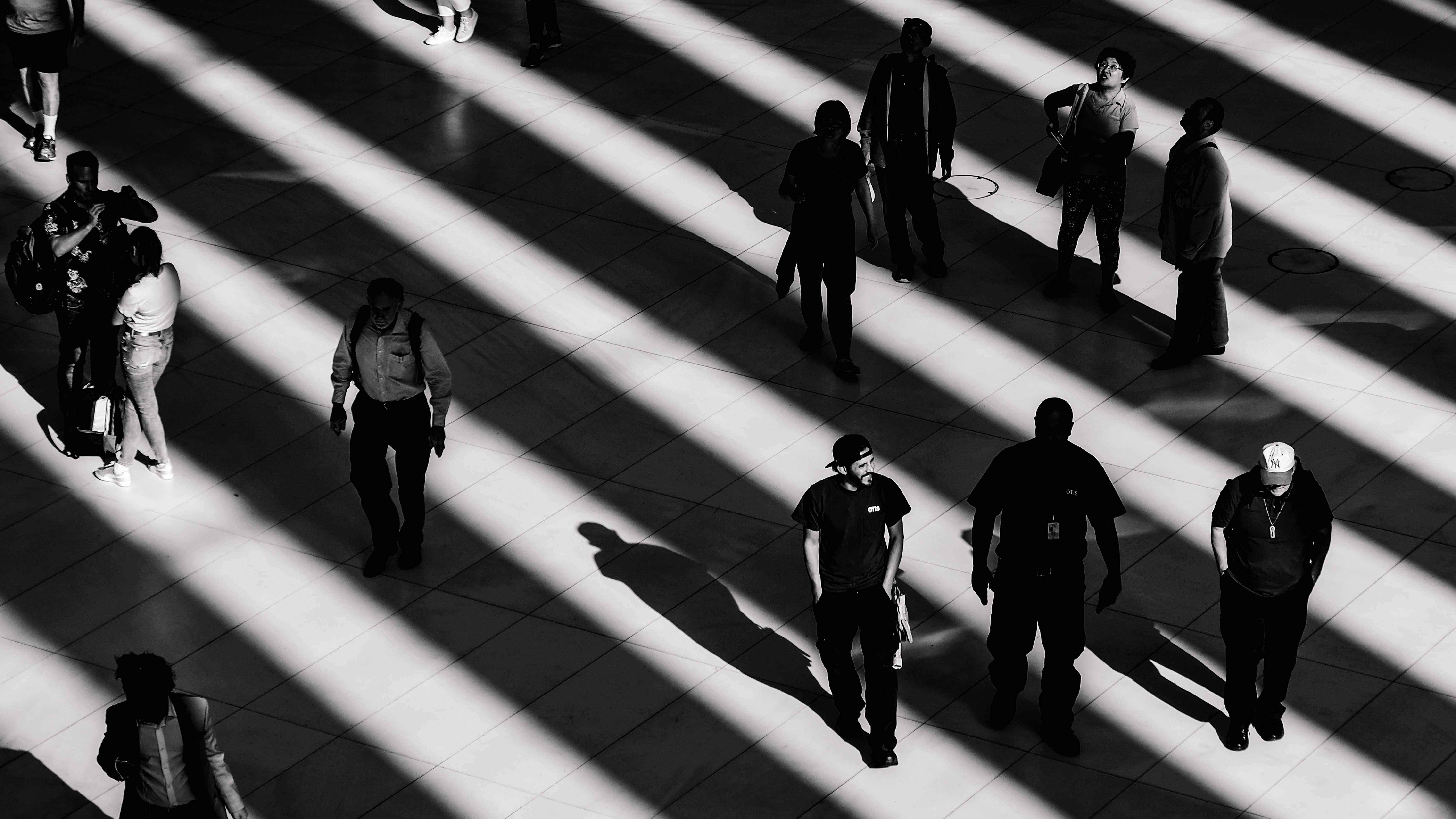
It’s sometimes hard to uncover anxiety, because we live with it fairly happily. We accommodate it and normalise it. So it might become your ‘normal’ to set 3 alarms every morning, just in case you miss the first two. Or it might be ‘normal’ to only eat certain foods at certain times. We’ve just become used to living with anxiety. It’s very familiar to us.
I was living happily with a few idiosyncratic anxieties. Then, one day, I had an epiphany. Everything just slotted into place and started to make sense, and now I understand myself more fully and I don’t have any little quirky behaviours anymore.
While I can’t give you the same epiphany, I can share with you the 4 threads that wove themselves together for me. My hope is that something within this post may contribute to your own moment of breakthrough…
-
‘The Map Is Not The Territory’
We all have internal maps of the external world and they are all different. And none of them represent the external world fully. So no-one has the right version of reality in their minds. Not even me (this was SUCH a revelation to me ;-) ) My mental interpretation of the world isn’t the world. It’s only my interpretation, my map, of my world. (Just like the menu at a restaurant isn’t the food, and the Tube map isn’t London). So if my map isn’t working for me, perhaps I can re-organise it and make it more useful in helping me to navigate the world. -
Emotional Agility by Susan David
This book describes our habit of responding to events in predictable, but not always healthy, ways. The author suggests that, if we can notice our habitual responses to situations (for example, I always become anxious when I’m stuck in traffic) then we can decide whether these responses are helpful responses or not. If the response is unhelpful, then we can take a step back, re-evaluate the situation, and then choose a more appropriate and helpful response. So when I’m next stuck in traffic, I can choose to play some good music while I wait, instead of getting anxious. I guess this takes a lot of practice, but I think it’s a good way to re-arrange the internal map to make it more useful. -
The nature of thoughts
My thoughts are constantly rolling. They don’t stop. And all my thoughts are neutral. I have, however, come to give some of my thoughts more power than others. I guess this is what becomes our ‘map’ of the territory (my thoughts about traffic, for example, became loaded with anxiety). Once I understood that all my thoughts are neutral and that I don’t have to believe any of them if I don’t want to, I was free to let my thoughts pass by me, instead of getting stuck on them. -
True Self and False Self.
This is a Franciscan concept which describes my True Self as being my God-given essence, eternally connected to a loving God. My False Self is my identity that has been constructed by my environment and my personality. My False Self isn’t bad, in fact, it’s pretty awesome ;-) but knowing that my False Self isn’t the be all and end all takes the pressure off performing and totally puts anxieties into perspective.
These 4 threads require a degree of reflection and contemplation to let them sink in. It’s hard to find moments of contemplation in a world so full of distractions and worries. But the more you can grab little moments of reflection, the better.
These links will give more information on all of these ideas, if you fancy looking into them more deeply:
The Map Is Not The Territory
http://www.nlpls.com/articles/mapTerritory.php
Emotional Agility
http://www.susandavid.com/new-index/#about-the-book
The Nature Of Thoughts
https://alittlepeaceofmind.co.uk/module-one/?utm_source=facebook&utm_medium=cpm&utm_campaign=12WeekAlt&utm_term=List&utm_content=VidAd
True Self and False Self
https://cac.org/true-self-and-false-self-week-1-summary-2017-08-12/




